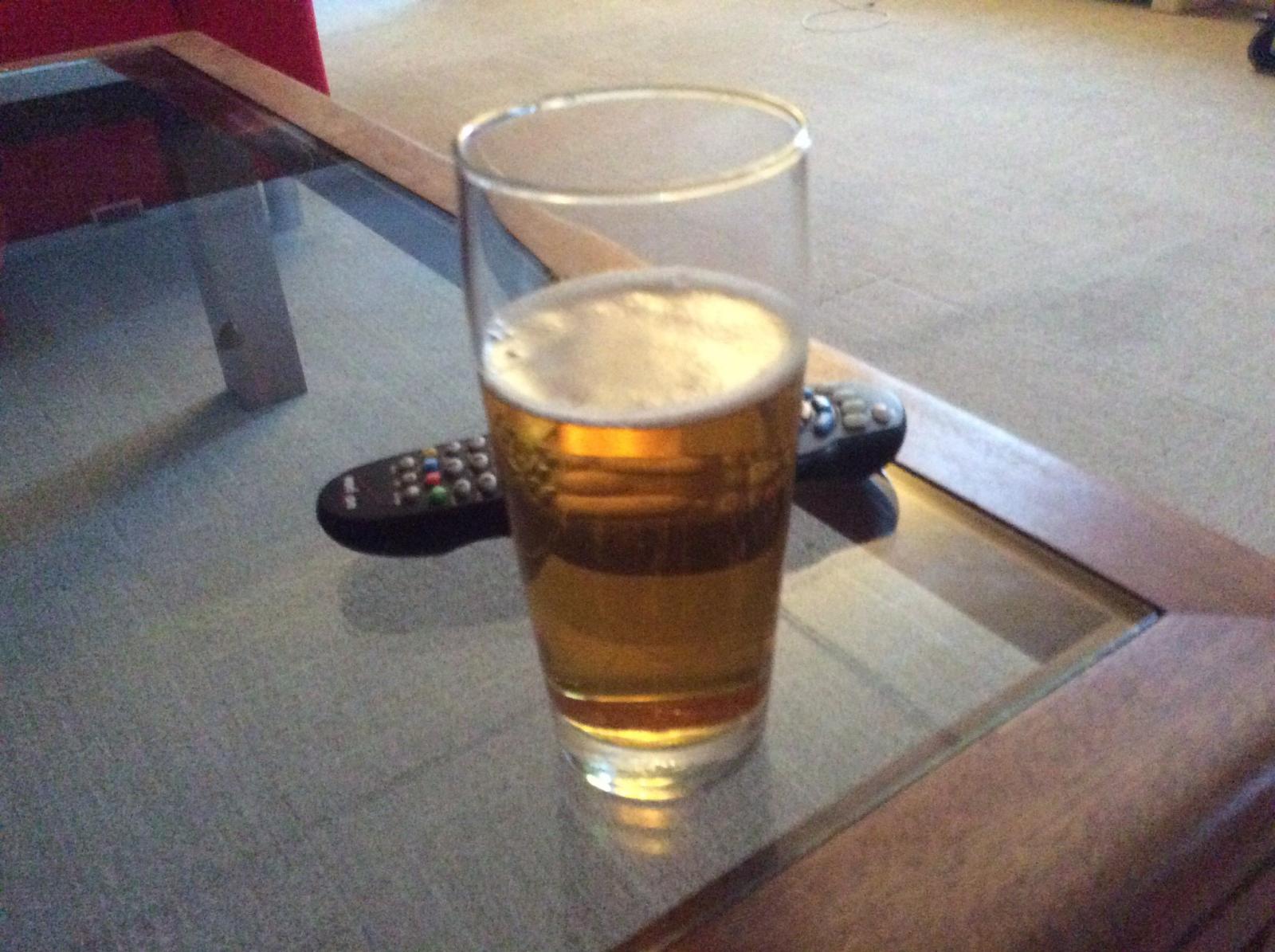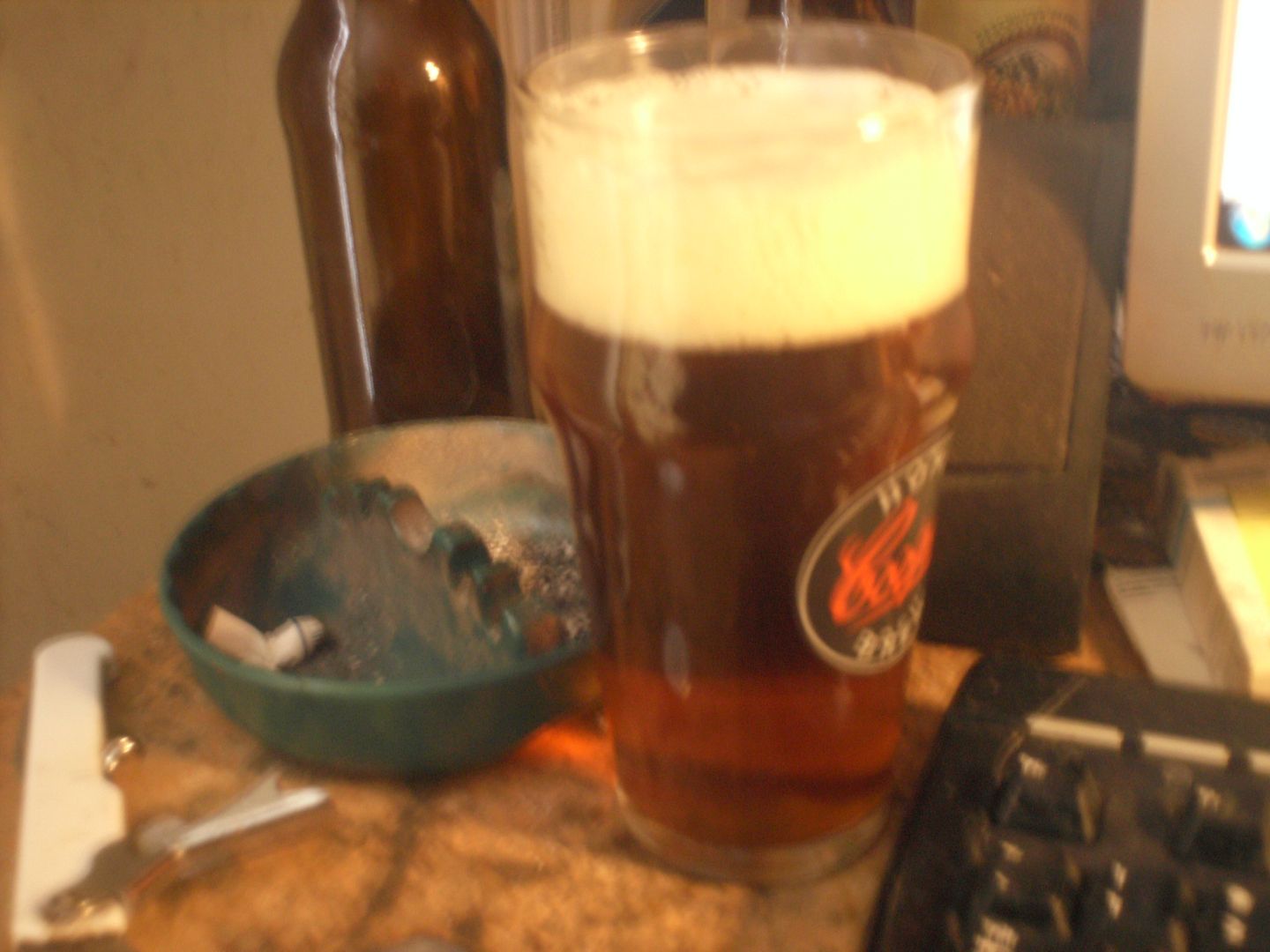Just held a few bottles of a batch of IPA to the light. Looks like there's some stuff floating around. Then I turned the bottle upside down and HOLY BAJEEZUS THE STUFF THAT DROPPED! Amongst the swampy darkness, I could actually see some larger chunks of hop.
Is this normal? I used a Secondary for this batch. Secondary is where I did the dry hop, and just pitched the pellet directly into the carboy. So I can imagine some debris, but looking through those brown bottles it looked like a lake bottom after you take a few steps through it.
I did not cold crash. And just to clarify, I'll chew through a good beer if I have to. But wasn't sure I was dealing with anything unusual here. Maybe holding the siphon too close to the bottom?
Is this normal? I used a Secondary for this batch. Secondary is where I did the dry hop, and just pitched the pellet directly into the carboy. So I can imagine some debris, but looking through those brown bottles it looked like a lake bottom after you take a few steps through it.
I did not cold crash. And just to clarify, I'll chew through a good beer if I have to. But wasn't sure I was dealing with anything unusual here. Maybe holding the siphon too close to the bottom?







